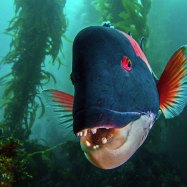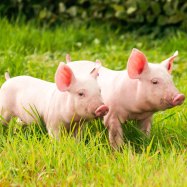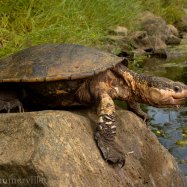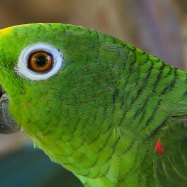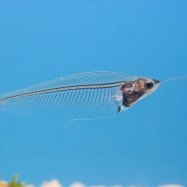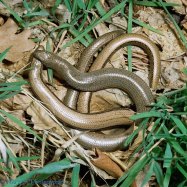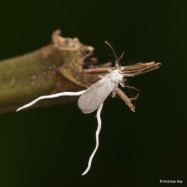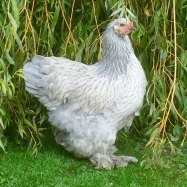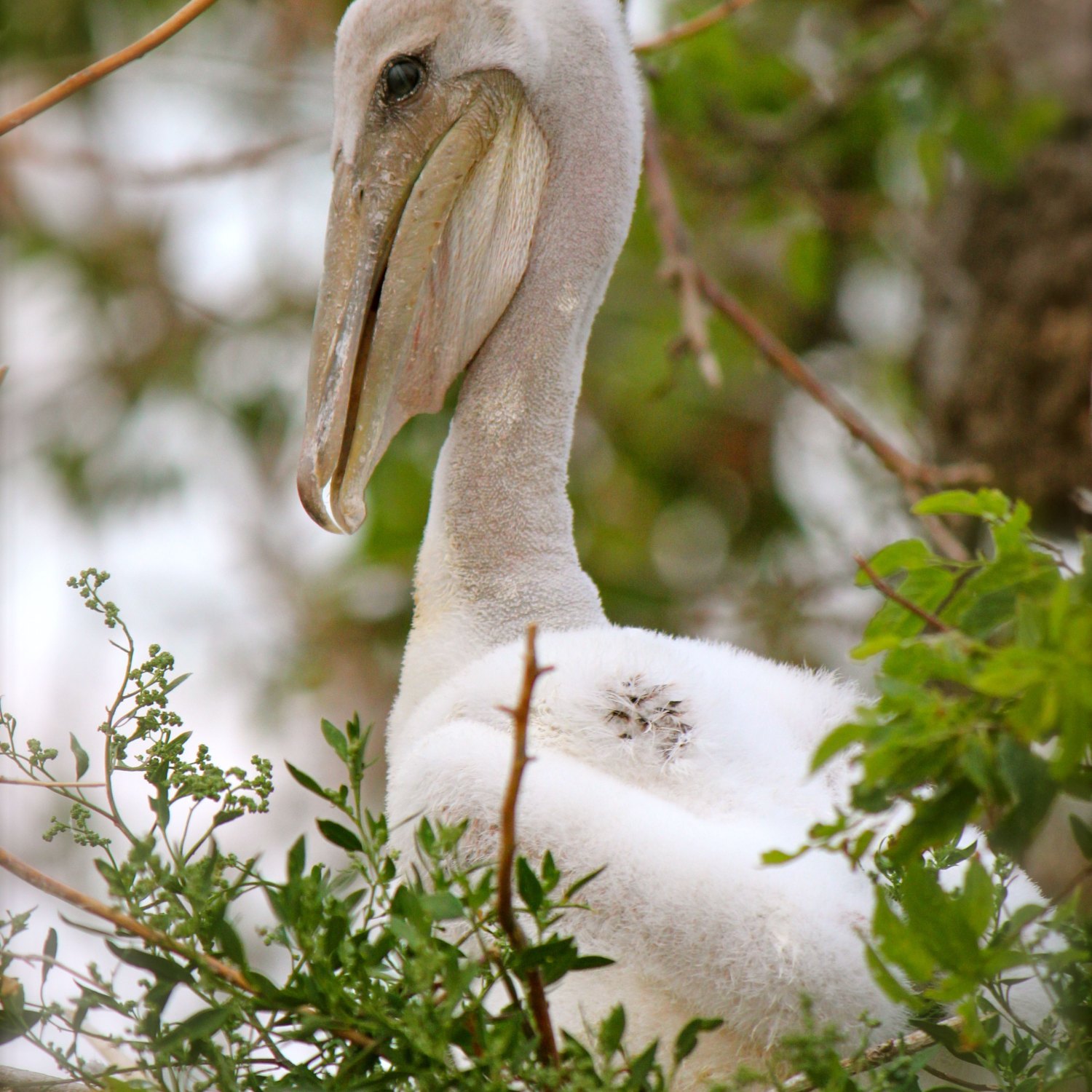
Pelican
1.2 to 1.8 meters
Did you know that pelicans, with their strikingly long beaks and impressive wingspans, are expert divers and fishermen? These magnificent birds can be found in coastal areas and inland waters, soaring gracefully as they scan for fish. With an average length of 1.2 to 1.8 meters, pelicans belong to the family Pelecanidae and are easily recognizable for their large and heavy body shapes. Keep an eye out for these fascinating creatures on your next coastal adventure!
Animal Details Summary:
Common Name: Pelican
Kingdom: Animalia
Habitat: Coastal areas, estuaries, lakes, and rivers
The Magnificent Pelican: A Fascinating Seabird
The sight of a pelican gliding gracefully over the ocean's surface is a familiar one, especially to anyone living near a coastal area. The Pelican, with its distinctive long beak and large body, is one of the most recognizable and fascinating seabirds. Found worldwide, these birds have captured the hearts of many with their unique features and behavior.Scientifically known as Pelecanus, pelicans belong to the class Aves, characterized by their feathers, beaked jaws, and modified forelimbs Pelican. They also have a unique, straight bill with a pouch under it, making them a part of the order Pelecaniformes. This order includes birds like cormorants, boobies, and gannets. Pelicans are further classified into the family Pelecanidae, making up eight species spread across the world.
Most notably found in coastal areas, estuaries, lakes, and rivers, pelicans have a widespread geographical distribution. They can be spotted in various countries, making them a common sight for many. The pelican's versatility is remarkable, as they are equally at home on coastal waters and inland lakes. Their ability to adapt to different environments is a testament to their resilience and survival skills.
One of the distinguishing features of pelicans is their feeding method. Considered as fish-catching birds, pelicans use their unique beak and pouch to scoop up fish from the water Pangolin. This feature is particularly fascinating as it allows them to carry a considerable amount of food in their pouch. Once the water is drained out, they swallow their catch whole.
Pelicans rely heavily on fish for their diet, which is why they are often found in and around water bodies. They consume a variety of fish, including small herring, anchovies, and smelt. Pelicans are also known to eat crustaceans, amphibians, and even small birds at times. Their feeding habits are not only interesting but also crucial in maintaining the balance in their habitat.
These magnificent birds have a unique appearance, making them stand out from other birds. Pelicans have striking white, black, and gray plumage, with a distinct yellow patch on their head. They have long, broad wings, heavy bodies, and a thick neck. The upper part of their bill is hooked, while the lower part has a pouch or a gular sac. Furthermore, their webbed feet allow them to swim and dive efficiently.
Pelicans have a fascinating body shape, perfectly adapted to their lifestyle. Their large size and broad wings help them glide effortlessly over water bodies. They have a wingspan of 1.2 to 1.8 meters, making them one of the largest flying birds in the world. Their beak, pouch, and small feet may seem disproportionate to their massive body, but they play a vital role in their survival and feeding habits.
These birds are social creatures and form colonies, commonly known as rookeries. Rookeries can range from a few nesting pairs to hundreds of birds, depending on the species. Pelicans are monogamous and remain with their partner for life. These colonies provide a sense of security to the birds, making it easier for them to breed and raise their young.
Breeding season for pelicans usually takes place between March to May, depending on the location. During this time, male pelicans establish their breeding territory, and females lay eggs in the center of the nest. Both parents take turns incubating the eggs and caring for the chicks once they hatch. Young pelicans stay with their parents for several months until they can fly and fend for themselves.
While pelicans are not considered endangered, they do face several threats in the wild. Pollution, overfishing, and habitat loss are some of the significant challenges affecting their population. Plastic pollution, especially, is detrimental to pelicans, as their pouch can easily get entangled in plastic debris. Additionally, oil spills and pesticides have also been found to negatively impact these birds.
However, several organizations and conservation efforts are in place to protect these beautiful birds and their habitat. Marine Protected Areas (MPAs), regulations on fishing practices, and clean-up campaigns have all contributed to the preservation of pelican populations. Furthermore, awareness about the importance of these birds in the ecosystem has helped people understand the need to protect them.
In conclusion, the pelican is a fascinating seabird with several unique features and behaviors. Their widespread distribution and adaptability make them a vital part of coastal ecosystems. Their feeding method, social behavior, and striking appearance have captivated the attention of many. While they face threats in the wild, efforts are being made to ensure the survival of these beautiful birds. It is in our best interest to coexist with these magnificent creatures and take steps towards their conservation. Next time you spot a pelican, take a moment to appreciate their beauty, and remember the importance of protecting our wildlife.

Pelican
Animal Details Pelican - Scientific Name: Pelecanus
- Category: Animals P
- Scientific Name: Pelecanus
- Common Name: Pelican
- Kingdom: Animalia
- Phylum: Chordata
- Class: Aves
- Order: Pelecaniformes
- Family: Pelecanidae
- Habitat: Coastal areas, estuaries, lakes, and rivers
- Feeding Method: Fish-catching birds
- Geographical Distribution: Worldwide
- Country of Origin: Various countries
- Location: Coastal areas and inland waters
- Animal Coloration: White, black, and gray
- Body Shape: Large and heavy with long, broad wings
- Length: 1.2 to 1.8 meters
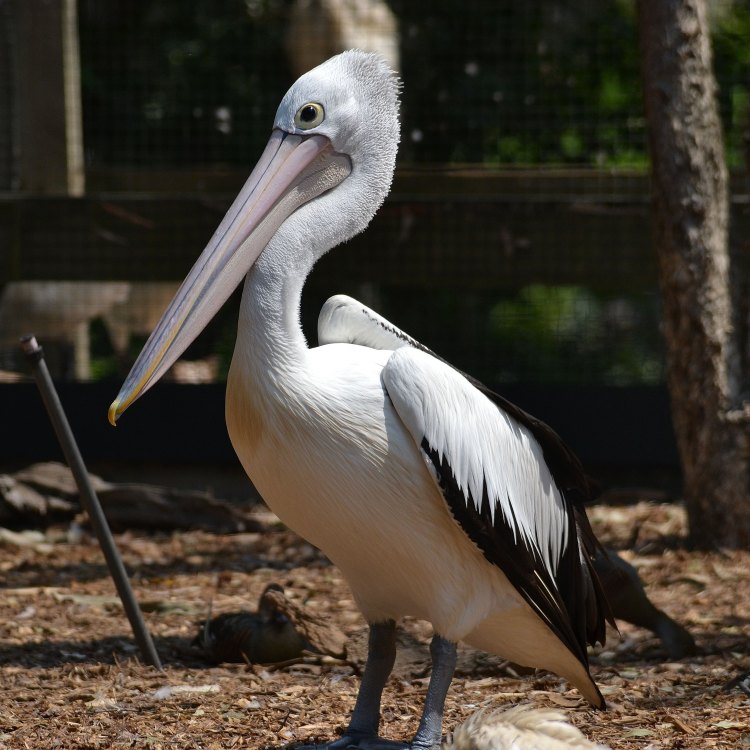
Pelican
- Adult Size: Large
- Average Lifespan: 10 to 25 years
- Reproduction: Sexual
- Reproductive Behavior: Colonial nesters
- Sound or Call: Loud squawking or croaking
- Migration Pattern: Some species migrate seasonally
- Social Groups: Colonies
- Behavior: Social and cooperative behavior
- Threats: Habitat loss, pollution, fishing gear entanglement
- Conservation Status: Least Concern
- Impact on Ecosystem: Important role as fish predators
- Human Use: Tourism, fishing
- Distinctive Features: Large throat pouch, long bill
- Interesting Facts: Pelicans have a wingspan of up to 3 meters and can plunge dive from heights of up to 30 meters.
- Predator: Humans, large birds of prey
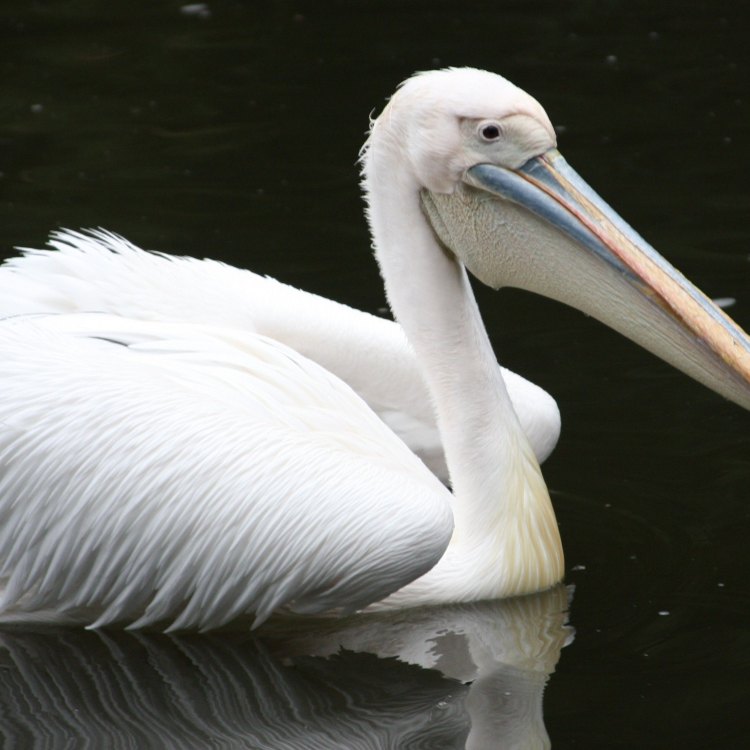
Pelecanus
Pelicans: The Majestic Coastal Birds
When you think of coastal birds, one particular species probably comes to mind - pelicans. These majestic birds have captured the hearts of many with their distinct features, social behavior, and impressive hunting skills. Found on every continent except Antarctica, pelicans have become a symbol of the ocean and hold an important role in maintaining the delicate balance of marine ecosystems.Pelicans are known for their large size, with some species reaching up to 1 PeaceOfAnimals.Com.8 meters in length and weighing over 10 kilograms. They are classified as one of the largest living bird species. Despite their intimidating size, pelicans are graceful creatures - gliding effortlessly through the air and soaring over the ocean. Let's dive deeper into the world of pelicans and uncover their interesting facts, behavior, and impact on the environment.
A Fascinating Life Span
Pelicans are known to live a relatively long life compared to other bird species. On average, they can live between 10 to 25 years in the wild. However, some studies have shown that pelicans in captivity have even reached up to 50 years of age.Their long life spans can be attributed to their resilience and adaptability. They are able to survive in various habitats, from coastal lagoons to freshwater lakes Pennsylvania Wood Cockroach. With proper care and management, pelicans can thrive and live for decades, making them a beloved species to observe and study for researchers.
Reproductive Behavior and Colonial Nesting
Pelicans are sexual reproducers, meaning they require a mate to reproduce. During breeding season, male and female pelicans perform courtship rituals, which include nodding their heads and stretching their necks. Once a pair has formed, they will remain monogamous for the breeding season.One fascinating behavior of pelicans is their colonial nesting. This means that they build and maintain large communal nests, often with hundreds of other pelicans in close proximity. This behavior is believed to provide protection for the birds and their offspring against predators. Colonial nesting also allows for effective communication and cooperation among the birds, leading to a greater success rate in breeding.
Unmistakable Calls and Migration Patterns
If you've ever been near a group of pelicans, you might have heard their loud squawking or croaking sounds. These calls are used for communication among the birds, particularly during hunting or breeding. Their calls can also vary depending on the species and location, making it easier for them to recognize each other within their colonies.Some pelican species are known to migrate seasonally, traveling long distances to find suitable breeding and foraging grounds. One example is the American white pelican, which migrates from Canada to the southern United States and Mexico during the winter months. This migration pattern is crucial for their survival, as it allows them to follow food sources and avoid harsh weather conditions.
Social Behavior and Cooperative Hunting
Pelicans are highly social birds, living in large colonies with hundreds or even thousands of other individuals. They are able to recognize each other and form strong bonds within their groups.Their cooperative behavior extends to hunting as well. Pelicans have a unique hunting strategy - they form a "V" shape in the air to corral fish towards the surface of the water. Then, with perfect timing and precision, they plunge-dive headfirst into the water to catch their prey. This cooperative hunting behavior increases their chances of success, making pelicans efficient predators and essential for maintaining the balance of marine ecosystems.
Threats and Conservation Status
Like many other species, pelicans face various threats in their natural habitats. Habitat loss due to coastal development, pollution, and entanglement in fishing gear are some of the main threats to pelicans. These threats not only affect their survival but also disrupt their breeding and foraging behavior.Fortunately, pelicans are currently classified as "Least Concern" on the IUCN Red List, meaning they are not considered endangered. However, conservation efforts are still crucial to protect their populations and habitats. Organizations like the National Audubon Society and the International Union for Conservation of Nature are actively working to monitor and conserve pelican populations worldwide.
Pelicans and Their Importance in Ecosystems
Pelicans play a vital role in maintaining marine ecosystems. As top predators, they regulate the population of fish and other marine life. This, in turn, helps to prevent overgrazing and maintains the health of seagrass beds and coral reefs. The loss of pelican populations would disrupt the delicate balance of these ecosystems, leading to a domino effect on many other species.In addition, pelicans indirectly contribute to the economy and livelihoods of many local communities. The presence of pelicans in coastal areas attracts tourists, making them a valuable part of ecotourism. Pelicans also provide opportunities for fishing, as their presence indicates a healthy and productive marine environment.
Distinctive Features and Interesting Facts
Pelicans have a unique appearance, with large throat pouches and long bills. The pouches can hold up to three gallons of water, which they use to scoop up fish while hunting. The long, sharp bills are perfect for catching and holding onto slippery fish.Another interesting fact about pelicans is their ability to plunge dive from heights of up to 30 meters. This is possible due to the air sacs in their bones, which act as shock absorbers, protecting them from injuries. Their wingspan can also reach up to 3 meters, making them one of the largest birds to take flight.
Predators and Human Use
Unfortunately, pelicans also face threats from predators, including humans and large birds of prey. Pelican eggs and chicks are susceptible to being preyed upon by animals like raccoons, foxes, and gulls. And, in some parts of the world, pelicans are hunted for food and traditional medicines. This, combined with other threats, can have a significant impact on their populations.On the other hand, humans also use pelicans for various purposes. From fishing and tourism to research and education, pelicans play an important role in many industries. It is essential to ensure that these activities are carried out sustainably and responsibly to protect pelican populations for future generations.
In Conclusion
Pelicans are fascinating birds with unique features, behavior, and significance in the environment. They have captured the hearts of many and hold an important place in coastal ecosystems worldwide. As humans, it is our responsibility to appreciate and protect these majestic creatures and ensure their survival for years to come. Let's work together to conserve and safeguard the future of pelicans and the delicate balance of our oceans.
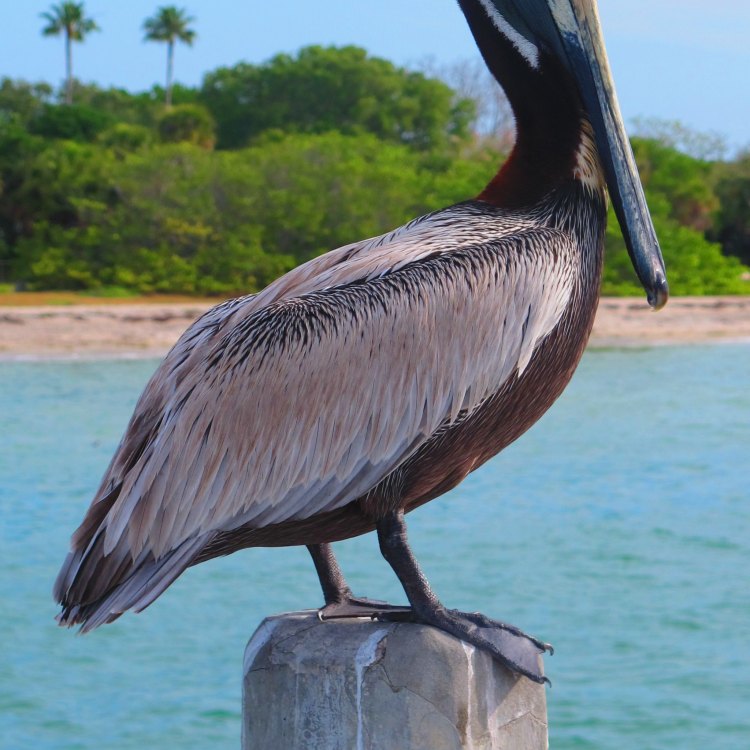
The Magnificent Pelican: A Fascinating Seabird
Disclaimer: The content provided is for informational purposes only. We cannot guarantee the accuracy of the information on this page 100%. All information provided here may change without prior notice.


